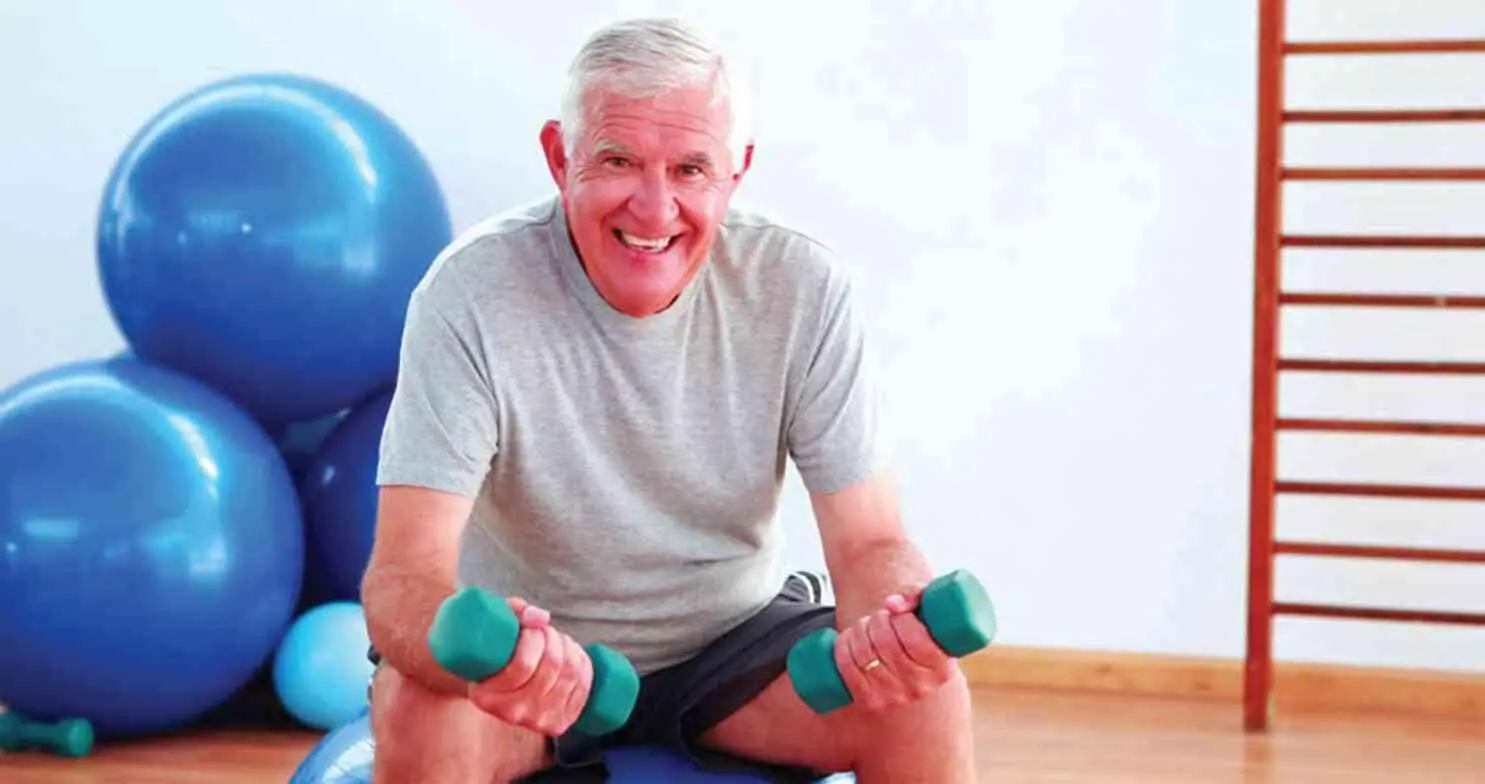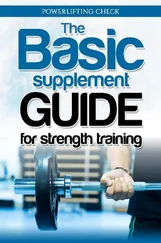So, what is the core?
We often think the core just includes the abs, but it actually includes not just the outer abs but the underlying muscles as well. These include:
✓ The rectus abdominis—If you’ve ever heard of the “six-pack” muscles, then you’ve heard of the rectus abdominis. These muscles are responsible for bending your torso forward, as when you do a crunch.
✓ The transverse abdominis—This is like a secret muscle under the rectus abdominis that wraps around your spine. If you can imagine someone about to punch you, this is the muscle that contracts to protect you and your spine. When you do a plank (which you will do in this program), that’s the muscle you’re strengthening.
✓ The obliques—The internal and external obliques are on either side of your waist and help you twist as well as bend to either side. They’re often described as “pockets” you can slide your hands into to move your torso in the right direction.
✓ The erector spinae—This is a fancy word for the small muscles of your back that travel down either side of the spine. These muscles are responsible for helping you bend and straighten as well as bend backwards. If you ever do housework or gardening, you’ve definitely felt these muscles.
These are all the muscle groups that create the powerhouse of your body and serve as the origin from which many movements come. An important part of your workouts involve core stabilization so that you can hold the spine in the right position while you move other parts of the body.
The great thing about strengthening the core is that there are multiple ways to do that, not just doing exercises on the floor like crunches, which most of us have done at one time or another.
In this program, you’ll do targeted core work as well as general strength training, which also involves your core in a more functional way, supporting your body through a variety of movements, just like real life.
All of these things together—strength training, balance training, core training, and flexibility work—all help you build a stronger, more resilient body for whatever you might encounter.
FOCUSING ON FORM
One more very important part of the picture is having good form when doing your exercises. In fact, your form is far more important than any other part of your workout, but what does that mean?
Every exercise is different and you’ll have instructions for each one, but there are some basics to follow no matter what you’re doing.
✓ Good posture: Whether you’re sitting or standing, you want to begin each exercise with good posture. That includes:
» Sitting or standing tall as though your head is attached to a string pulling you up towards the ceiling.
» If you’re standing, take the feet about hip-width apart and keep a slight bend in the knees to have a strong foundation from which to move.
✓ A strong core: As mentioned, core stabilization is an important part of every exercise you do. Almost all the movements you make originate from your torso, which includes your abs, back, and pelvic area. Keeping a strong core means that you brace your abs before you do any type of movement. This gives you the support you need for the exercises to come, protecting you from injury and giving you the most out of the movement. Not only that, but a strong core helps you keep your balance, something that will be a big help in the balancing exercises.
✓ Focusing on the movement: Each exercise targets a particular muscle group, although other muscle groups are often involved. In general, you want to focus your attention on the muscles you’re working and avoid swinging the weights or using momentum to lift the weights.
✓ Protecting your joints: A key part of good form is protecting your joints, and that means a variety of things depending on the exercise you’re doing. In general, some goals to shoot for include:
» Keeping joints slightly bent—In many exercises, you’re lifting limbs up, overhead, to the sides, and other directions. What you don’t want, generally, is to lock the joints, which can put pressure on them. Many exercises will instruct you to keep a slight bend to avoid that.
» Avoiding undue pressure on the knees—Some exercises, particularly squats, lunges, and other moves that involve bending the knees can cause pain if done incorrectly. In general, you want to put the weight in the heels of your feet and avoid sending the knees too far over the toes. Doing that can place too much weight on the knee joint, which can cause pain and discomfort.
» Keeping your joints in alignment—One other thing to think about is making sure one joint isn’t going in the wrong direction. Think of bending forward to pick something up. Imagine if your knee went way out to the side instead of straight forward… you might be in for a knee injury. Paying attention to that during your exercises can keep you safe and injury-free.

Chapter 6
How the Program Works
This 12-week program is designed to focus attention on the most important aspects of your fitness including strength, endurance, balance, and flexibility. The idea is to work on the things that will give you the most bang for your buck.
It’s also designed to gradually progress your fitness in a safe, healthy way so you can perfect the exercises and movements while feeling good in your body.
There are four different types of workouts you’ll do over the course of the program. These include:
✓ A dynamic warm-up—Exercises designed to get your body ready for more intense exercise and mimic some of the movements you’ll be doing during your main workout.
✓ Strength training workouts—Your workouts will change over the course of the program, but they include a variety of exercises that hit all the major muscle groups using different types of equipment. Every workout will focus on building whole body strength that translates into everyday activities.
✓ Core and balance workouts—These exercises focus close attention on your core, which includes all of the muscles in your abs, pelvis, and back. Balance exercises help you work on mobility and stabilization, which will also translate into real-life activities.
✓ Flexibility—Your stretching workout offers simple, easy-to-do exercises that can be done anywhere, anytime to help you relax and improve your range of motion.
THE WARM-UP
The warm-up is one of the most important parts of your workout, a time for you to gradually increase your heart rate, circulation, and bring more oxygen to the muscles.
It also gives you a chance to lubricate your joints and increase your flexibility, all of which will not only make your workout better, but can help protect your body from injury.
Muscles that are warm and relaxed will help you move more easily and with less pain and stiffness, and you’ll get a better range of motion once your muscles are warm. Not only does your body do better with a warm-up, it’s also a time to get your mind ready for the workout to come.
Your 10-minute warm-up includes eight total body dynamic moves using a very light weight. These exercises are designed to prepare your body for the more intense demands of the strength training workouts.
This warm-up includes a number of exercises that mimic some of the movements you’ll be doing in your workout. However, there are other ways you can warm up if you want something different over the course of the program. You can do light cardio exercise such as walking, cycling, or aerobics.
The idea is to do some kind of rhythmic movement so that your muscles are warm, supple, and you feel ready for exercise.
Читать дальше













